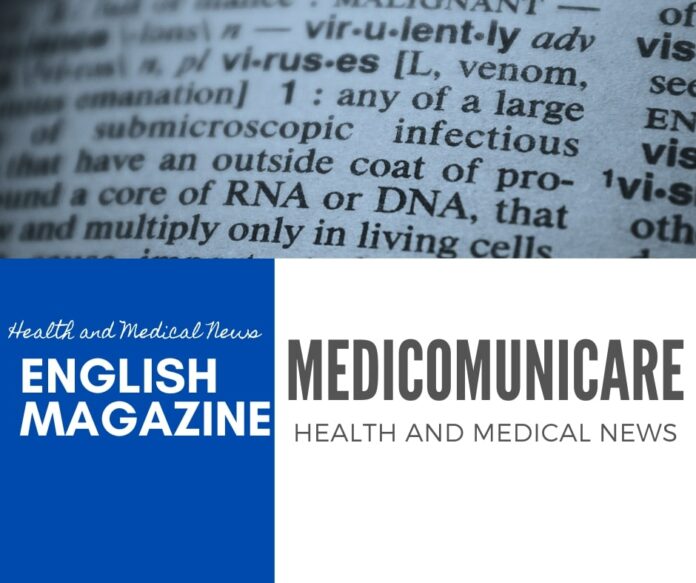Lactic acid (LA) has transitioned from being perceived as a mere glycolytic waste product to a pivotal regulator of tumor-immune crosstalk. Historical milestones—from Scheele’s 1780 isolation from sour milk to Zhao’s 2019 discovery of histone lactylation—reveal an expanding biochemical repertoire that now encompasses pH control, G-protein-coupled receptor (GPR81/132) signaling, post-translational modification via lysine lactylation, and multi-directional metabolic shuttling between cytoplasm, mitochondria, and neighboring cells. Within the tumor microenvironment (TME), high glycolytic flux exports lactate and protons through monocarboxylate transporter 4 (MCT4), acidifying the extracellular milieu to ~6.5-6.8. This acidity degrades extracellular matrix, blunts drug uptake, and, via protonation, neutralizes weak-base chemotherapeutics.
Cancer cells exploit the same molecule as fuel: MCT1-mediated uptake drives tricarboxylic acid cycle oxidation, NADPH generation via IDH1, and lactylation of DNA-repair proteins NBS1 and MRE11, enhancing genomic stability and chemoresistance. Concurrently, the cellular signaling triggered by lactate activation of GPR81 (cAMP-PKA-TAZ/TEAD) elevates PD-L1 expression, facilitating immune escape. Immune populations are differentially suppressed. Tumor-associated macrophages (TAMs) undergo GPR81- or GPR132-dependent reprogramming toward an M2-like phenotype that fosters metastasis. Dendritic cells experience blocked TLR3/STING pathways, reduced antigen presentation and accelerated antigen degradation under acidic stress. Natural killer cells (NKs) lose cytotoxic granules and IFN-γ secretion as intracellular acidification activates apoptosis.
Regulatory T cells (Tregs) reinforce suppression through NF-κB-mediated Foxp3 up-regulation, MOESIN lactylation and CTLA-4 mRNA splicing facilitated by USP39, while simultaneously utilizing imported lactate to fuel oxidative phosphorylation. CD8+ T cells face dual metabolic sabotage: extracellular lactate inhibits glycolysis by disrupting the NAD+/NADH ratio and GLUT10 trafficking, whereas intratumoral acidification impairs cytoskeletal dynamics and infiltration. Stromal components further amplify lactate-centric circuits. Cancer-associated fibroblasts (CAFs) secrete IL-8 in response to lactate, recruiting additional TAMs and restraining CD8+ T cells while expanding Tregs. Endothelial cells import lactate via MCT1 to maintain redox balance and stabilize HIF-1α, thereby promoting VEGF-driven angiogenesis.
Thus, lactate orchestrates a multi-cellular immunosuppressive network. Therapeutic counter-strategies cluster into three themes. First, glycolytic restriction: 2-deoxyglucose, oxamate, diclofenac, stiripentol, FX11 and gossypol inhibit LDHA, reducing lactate output; at the same time, syrosingopine and AZD3965 block MCT1/4 export, causing intracellular accumulation and metabolic catastrophe. Second, immune-potentiating combinations: buffering the TME with oral bicarbonate, dichloroacetate-mediated LDHA inhibition, or ALKBH5 depletion lowers lactate and sensitizes tumors to anti-PD-1 therapy by re-invigorating CD8+ T and NK cells. Third, metabolic repurposing: lithium carbonate redirects lactate into CD8+ T-cell mitochondria via MCT1 relocalization, restoring oxidative metabolism and antitumor cytotoxicity.
Challenges remain—on-target toxicities of LDHA or MCT inhibitors in highly glycolytic normal tissues, heterogeneous tumor reliance on oxidative versus glycolytic metabolism, and the need for precision dosing to avoid crippling antitumor lymphocytes. Future directions include lactate-responsive drug-delivery nanocarriers, single-cell mapping of lactate-handling pathways, and clinical validation of lithium-based metabolic adjuvants. By reframing lactate from metabolic exhaust to a druggable immune checkpoint, a century-old metabolite is emerging as a central axis for next-generation cancer immunotherapy.
- Edited by Dr. Gianfrancesco Cormaci, PhD, specialist in Clinicl Biochemistry.
Scientific references
Ma J, Tang L et al. Front Med. 2025; 19(3):456-473.
Wang P, Lin K et al. Gene. 2025 Sep 5; 963:149595.
Alvarado-Ortiz E et al. Oncol Res. 2025; 33(8):1803-.
Gao F et al. BBA Rev Cancer. 2025; 1880(4):189373.

